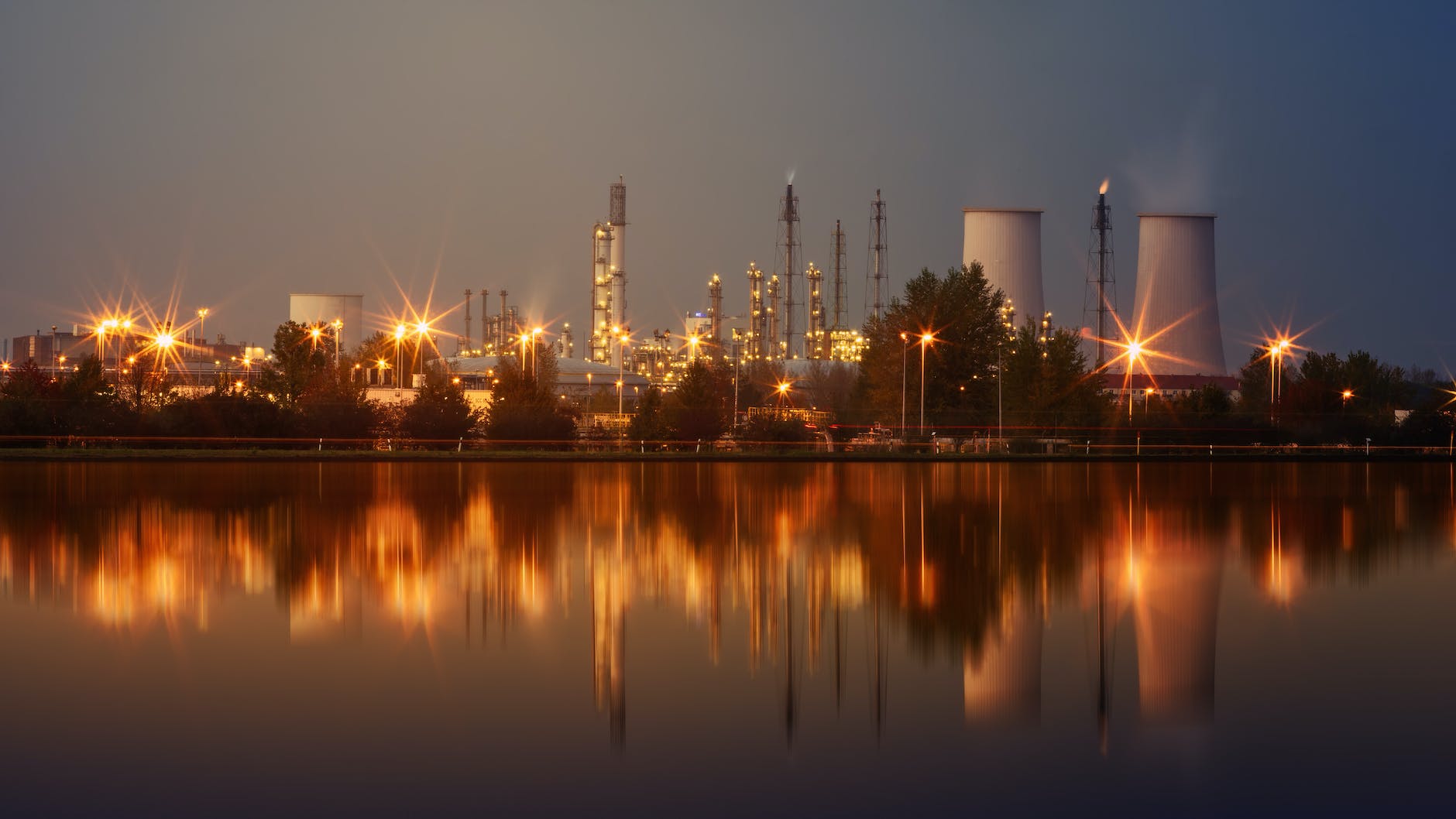
Oil and Gas Hazards and Precautions
Introduction
Oil and Gas Hazards and Precautions : The oil and gas industry is known for its complex operations involving the exploration, extraction, processing, and transportation of hydrocarbons. These activities present various hazards that can pose significant risks to the safety of workers and the environment. This article will examine common hazards in the oil and gas industry and outline the precautions that must be taken to mitigate these risks.
Oil and Gas Hazards:
- Explosive Atmospheres: Flammable gases and vapors can be present in various areas of oil and gas facilities, creating the risk of explosions if ignited. This hazard is especially prevalent during drilling and production activities.
- Toxic Gas Exposure: The release of toxic gases, such as hydrogen sulfide (H2S), can occur during drilling or well servicing operations, posing severe health risks to workers.
- High-Pressure Equipment: The industry relies on high-pressure equipment, including pipelines, wellheads, and separators. Equipment failures can result in catastrophic releases of hydrocarbons or other hazardous materials.
- Falls from Heights: Working on drilling rigs, platforms, and towers at significant heights increases the risk of falls if proper fall protection measures are not in place.
- Heavy Machinery: Oil and gas operations involve heavy machinery, including drilling rigs, pumps, and cranes, which can lead to accidents if not operated and maintained safely.
- Hazardous Chemicals: Handling and transporting chemicals for drilling, production, and maintenance activities can expose workers to chemical hazards if proper precautions are not taken.
- Environmental Impact: Oil spills, gas leaks, and other environmental incidents can harm ecosystems, wildlife, and water bodies, leading to regulatory and reputational consequences.
Precautions to Ensure Safety:
- Safety Training: Provide comprehensive safety training to all workers, emphasizing the recognition of hazards and the proper use of personal protective equipment (PPE).
- Gas Detection: Equip work areas with gas detectors to monitor the presence of flammable and toxic gases, and establish clear procedures for responding to alarms.
- Permit Systems: Implement permit-to-work systems to control high-risk activities, such as hot work, confined space entry, and equipment maintenance.
- Emergency Response Plans: Develop and regularly practice emergency response plans that address various scenarios, including gas leaks, well blowouts, and fires.
- PPE: Ensure that workers have access to and consistently use appropriate PPE, such as fire-resistant clothing, respiratory protection, and fall protection gear.
- Equipment Inspection and Maintenance: Regularly inspect and maintain equipment to prevent failures and leaks. Implement preventive maintenance schedules.
- Process Safety Management: Follow established process safety management (PSM) guidelines to identify and mitigate risks associated with high-pressure equipment and chemical processes.
- Environmental Protection: Implement spill response plans, containment measures, and environmental monitoring to minimize and mitigate the impact of spills and leaks.
- Regulatory Compliance: Stay current with industry regulations and standards and ensure strict compliance to avoid legal and regulatory penalties.
- Behavioral Safety Programs: Promote a culture of safety through behavioral safety programs that encourage safe practices and reporting of near misses.
Masonry Hazards and Precautions
Hydrotest Hazards and Precautions
48150 Occupational Health and Safety
Electric Car Fire Extinguishers
Conclusion
The oil and gas industry operates in a challenging environment, where safety is of paramount importance. By recognizing and addressing the unique hazards associated with hydrocarbon exploration, extraction, and processing, companies can significantly reduce the risk of accidents, protect their workers, and minimize environmental impact. Prioritizing safety through rigorous training, equipment maintenance, and adherence to safety protocols is essential for the well-being of all involved in this critical industry.
























